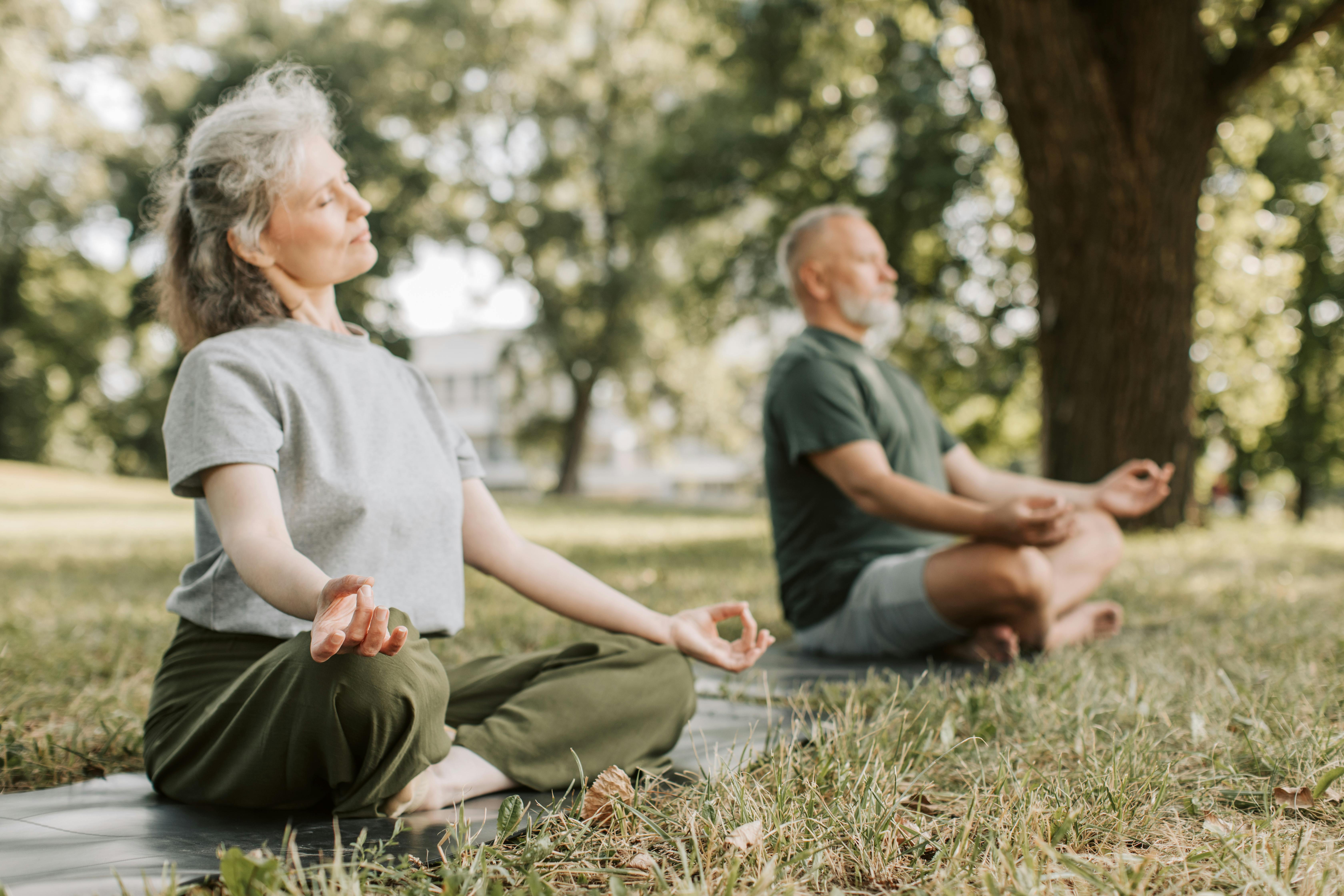Unraveling the Health Benefits of Therapeutic Grounding
Amidst the hustle and bustle of our modern lives, have you ever wondered about the health benefits of simply standing barefoot on the earth? This practice, called grounding or earthing, might be more than just a nostalgic return to our childhood days. Let's explore this therapeutic technique and how it might promote our holistic well-being.

The Origins of Grounding and the Science Behind It
Grounding, also known as earthing, is a therapeutic technique that involves having direct contact with the earth’s surface — think walking barefoot on the beach or lying down on the grass. The practice is not new; many cultures around the world have long revered the earth for its healing properties.
But it wasn’t until the late 20th century that science began to catch up. Emerging research suggests that direct contact with the earth’s surface can yield significant health benefits. This is due to the earth’s surface being a rich source of negatively charged free electrons. These electrons are thought to be absorbed through our skin when we’re in direct contact with the ground, helping to neutralize harmful free radicals in our bodies and reduce inflammation.
Grounding in Today’s Wellness Landscape
Today, grounding is gaining traction in the wellness world, with proponents suggesting it can help everything from improving sleep and reducing stress to easing chronic pain.
While the scientific research is still in its early stages, several studies have found promising results. For instance, a 2012 review published in the Journal of Environmental and Public Health found that grounding can improve sleep, reduce pain, and decrease stress by shifting the autonomic nervous system towards a more calming state.
The Pros and Cons of Grounding
The most significant advantage of grounding is its simplicity. It’s an easy, cost-effective practice that anyone can incorporate into their daily routine. Plus, it encourages us to spend more time outdoors, which in itself has numerous health benefits.
However, it’s essential to highlight that while the initial research is promising, more extensive studies are needed to fully understand grounding’s impact on health. It should not replace traditional medical treatment, especially for serious conditions.
Grounding: The Fine Balance between Science and Anecdote
Despite the lack of definitive scientific evidence, thousands of people swear by the benefits of grounding. This anecdotal evidence, combined with the emerging research, makes a compelling case for considering grounding as part of a holistic approach to health.
Quick Tips for Incorporating Grounding into Your Routine
- Start with a short daily grounding session of about 10 minutes. Gradually increase the length of these sessions as you get comfortable with the practice.
- The best time for grounding is early in the morning or late in the evening when the earth is cooler.
- If you live in an urban area with limited green space, you can also try grounding by walking barefoot on concrete.
In conclusion, grounding offers a simple yet potentially powerful way to enhance our well-being. While more research is needed, the existing studies and anecdotal evidence suggest that making time to connect with the earth could be a worthwhile addition to our wellness routines. As always, it’s essential to maintain a balanced perspective, remembering that grounding is a supplement to, not a replacement for, traditional medical care.




